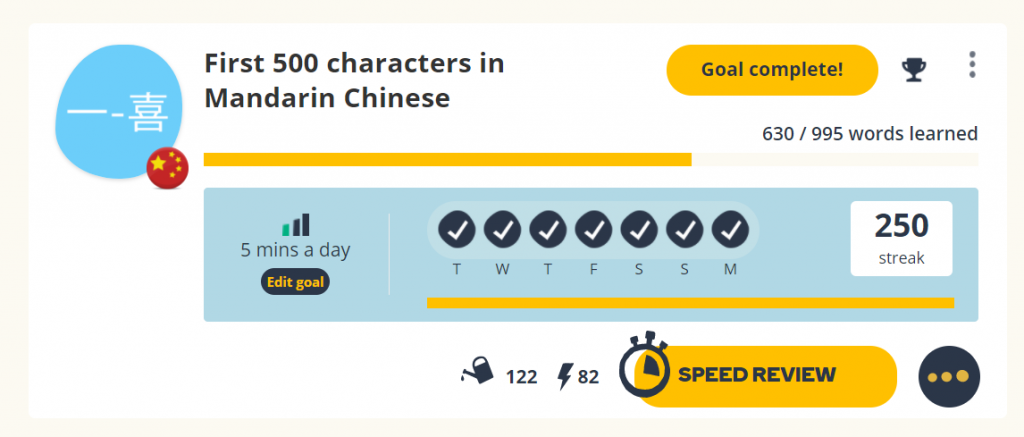I have always really enjoyed watching polyglot videos on Youtube where people were speaking multiple languages, even if they were just on a beginner level, but I was always too shy to have a go at it myself. However, recently a switch flipped in my mind and I thought “why not, even if the video flops it will still be a good practice of switching languages”.
Indonesian test
About one month ago I’ve signed up for a free A1 Indonesian course organized by the Indonesian embassy in Vienna. I thought “it’s free, and it’s A1, so it won’t be too hard”. So for the past weeks every Friday I was joining the Zoom classes with our bubbly and energetic teacher Ardhana.
Since I’m used to learning “my way”, I was still trying to apply my methods with Indonesian, for example concentrating only on high-frequency words, inserting all the words in Memrise etc. To be honest, I am pretty busy with Chinese Mandarin (which I study every day), so I was not very consistent with Indonesian, often doing the homework at the last moment and not revising the words regularly. And then something happened and my motivation changed completely. Yesterday Ardhana casually told us “by the way guys, next week we’ll have a test and you will need to know this, this and this”. It was at this moment that I realized that I will need to grind the Indonesian this week in order to pass, haha 🙂
While I agree with most of the contents of what we have to learn, I really don’t agree with the necessity to memorize all the colors, and how to describe a person. How often in daily speech do you need to say “he has curly hair” or “her skin is dark” or “her nose is long” or “her face is round” or my personal favourite “she has slanted eyes”. In my humble opinion, I would almost never need this in order to have a conversation, but we have to follow the course. I guess I will need to learn it all anyway for the test, but still, I don’t think it’s super useful.
250 days streak on characters
Just wanted to save this here because from tomorrow I will switch to HSK 2 course on Memrise and will lose this amazingly long streak 🙂

Getting back to Chinesepod and kpop
1. This week I re-discovered Chinesepod by trying out their Pre-intermediate and Intermediate classes. I realized that I was wrong in thinking that they were lame and annoying, they are actually quite good, especially because some of them use quite a lot of Chinese on an understandable level. Before, I was only listening to the intermediate grammar course, which was a bit annoying, but recently I found that usual classes are actually better. And what is also great about them is that I can listen to them together with P. while resting in bed or on the couch, and I don’t have to strain my eyes. During the pandemic I spend too much time on various devices already, so it’s nice to be able to study with only audio input.
2. Recently I was getting more and more back into kpop, since a lot of cool stuff has been going on – I especially like SuperM “One” release and Taemin’s album, so I found myself watching videos related to these releases, like behind the scenes of music video shooting or dance practices. In order to not feel like I’m just procrastinating and losing time on this I challenge myself by watching them without English subs, luckily almost everything is captioned in Korean, so every time there’s a new word I look it up on Naver dictionary and add it to my Naver wordbook. What I also noticed is that Naver dictionary always has Chinese characters next to the Korean word, so sometimes I check them out with my “Zhongwen” extension and try to make connections between Mandarin and Korean, this way I’m kind of studying both languages at the same time.

